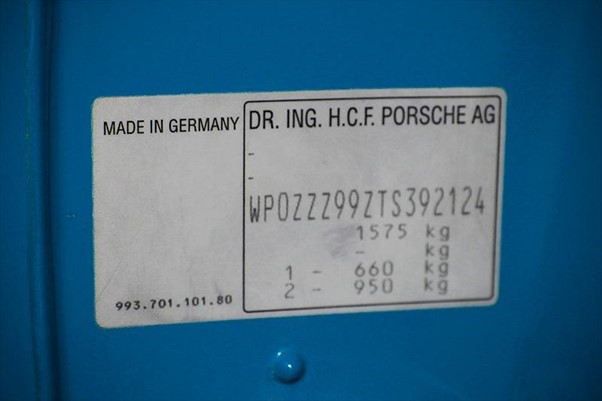
Any financial decision needs to be carefully considered and planned out before execution. Similarly, while buying a car, there are several simple yet vital steps to carry out: you should check the condition of the selected vehicle, verify the registration, decode VIN number, and more. Let’s have a closer look at what you’d better pay attention to before making a purchase.
Check the Vehicle’s Condition
When buying a car get back value for your money, always ensure the car is in great running condition. Either get a test drive done or do a test-driving session yourself, which will allow you to assess the current maintenance.
Other points on a potential car’s condition that you should get a mechanic to note are its engine, air conditioning system, temperature controls, wheels, exhaust, lightings, and other parts. Keep in mind to check the car’s condition on the day you bring your car home.
Registration Verification
To avoid getting scammed, always double-check the registration verification documents of the selected car. Once verified, remember to collect the documents, including the car insurance papers.
Decode the VIN Number
Your selected car’s VIN number refers to the vehicle identification number, and that is why it is so important. All vehicles have a VIN number composed of 17 digits, like the vehicle’s blueprint, and all these numbers differ from each other. This unique number on your selected car would be an identity of the car’s manufacture, warranty, guarantee, registration, etc.
It builds a link between the vehicle and all its history and details and is composed of three parts:
- The WMI: This would contain the identity of the international manufacturer. For instance, ‘2’ would indicate that the car was manufactured in Canada; ‘3’ would suggest that the manufacturing was done in Mexico, ‘L’ would mean China as the country of manufacturing, and so on. These are the first three digits in the VIN number.
- The VDS: This part would contain a description that tells us about the inclusion of vehicle parts and accessories such as airbags, seat belts, economic segments, the engine type, and other features specific to the selected car. These are the next six digits.
- The VIS: This would contain the unique identifier of the car and are the last eight digits.
You can find the VIN number of your selected car on the driver’s side dashboard, on the driver’s side door frame, the vehicle’s registration cards, on the bottom end of the door frame, on the frontal part, the vehicle’s title documents, or the vehicle’s insurance papers.
Checking the VIN number of a specific car before buying is an important step because it ensures proper safety and helps you incorrectly identify your vehicle. Decoding your car’s VIN number is possible via a VIN checker or online lookup tool. The underlying reasons for getting a VIN report are:
Car Protection
Decoding your car’s VIN number will inform you if the vehicle has been recalled at any point in time by recognizing the data in a comprehensive archive of details that holds track of the different vehicular parts. This step would ensure the maximum safety of you, your passengers, your car, the car manufacturer, and the car seller.
Furthermore, it will help deter any collisions, crashes, or bodily harm caused by possible faulty parts. This will also offer protection to car manufacturers since physical recall notices may not reach the correct individuals.
Buying a faulty vehicle
If you consider purchasing a used car, then a decode on the subject car’s VIN number is of utmost importance to clear the possibility of buying a faulty vehicle. This step will also help confirm the seller’s words about the car’s history, for example, incidents of past car crashes, removal of its accessories, etc.
Dishonest sellers often misreport on the car’s data, such as providing wrong mileage. A VIN number decoder tool will help you confirm the real mileage, thereby prevent any future obstacles.
Decoding the VIN number will also reveal the selected car’s past ownership details.
Car Theft
Since all vehicles have VIN numbers and all these numbers are unique in themselves and differ from each other, possible theft of your car may be solved via the vehicle’s VIN number.
Another aspect to note is that stolen cars may have replaced license plates on them, which is also helpful in identification. However, a thief can not entirely replace the VIN number with another set of 17 unique digits so easily and may end up keeping some parts of the original identification.
Keeping this point in view, avoid purchasing a car with a different VIN number as displayed on the car registration documents because the seller may be trying to sell a stolen car.
Conclusion
Always keep these points in mind to ensure you are receiving value for your money. As mentioned above, dishonest sellers may find ways to trick by providing wrong information. However, to confirm the verification and authenticity, one should conduct thorough checks of the car parts, accessories, documents, and VIN number.










